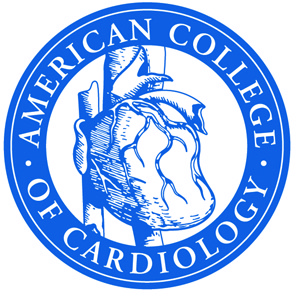 The American College of Cardiology (ACC) has issued guidance recommending against triple antithrombotic therapy in patients with atrial fibrillation (AF), due to its increased risk of bleeding.
The American College of Cardiology (ACC) has issued guidance recommending against triple antithrombotic therapy in patients with atrial fibrillation (AF), due to its increased risk of bleeding.
The 2020 Expert Consensus Decision Pathway (ECDP), published today, aims to fill the gap for “much-needed” guidance on antithrombotic therapy for this patient population, as well as patients with venous thromboembolism (VTE) including deep venous thrombosis and pulmonary embolism, ACC said.
In a statement, ACC said that around one in four individuals will develop AF during their lifetime, increasing their risk of stroke fourfold to fivefold.
For most patients with AF, ACC notes, treatment with oral anticoagulant (OAC) therapy is associated with significantly lower stroke rates compared with aspirin or placebo. VTE also has a high overall incidence estimated to be one to two per 1,000 person-years and is usually treated with OAC as well.
Choosing the optimal antithrombotic regimen for patients with atherosclerotic cardiovascular disease and concomitant AF or VTE who require an anticoagulant and antiplatelet therapy can be a challenge for clinicians, ACC adds.
The Expert Consensus Decision Pathway (ECDP) highlights that patients with either AF or VTE undergoing percutaneous coronary intervention (PCI) have usually been treated with an anticoagulant and dual antiplatelet therapy (DAPT), so called “triple therapy.”
Support for this practice came from older clinical trials that suggested an OAC alone was not an optimal treatment for those undergoing PCI and, similarly, that DAPT was not an optimal treatment for AF or VTE, ACC notes. However, triple antithrombotic therapy significantly increases the risk of bleeding and the writing committee for the consensus document recommends against the routine use of triple antithrombotic therapy for most patients.
As major bleeding is associated with an up to fivefold increased risk of death following an acute coronary syndrome, the writing committee for this document found it imperative to identify the optimal antithrombotic therapy for patients with atherosclerotic cardiovascular disease and concomitant AF or VTE requiring an anticoagulant. The goal of antithrombotic therapy for these patients is to maintain antithrombotic efficacy while mitigating bleeding. This ECDP provides guidance and recommendations for the best antithrombotic therapy regimen in this patient population.












